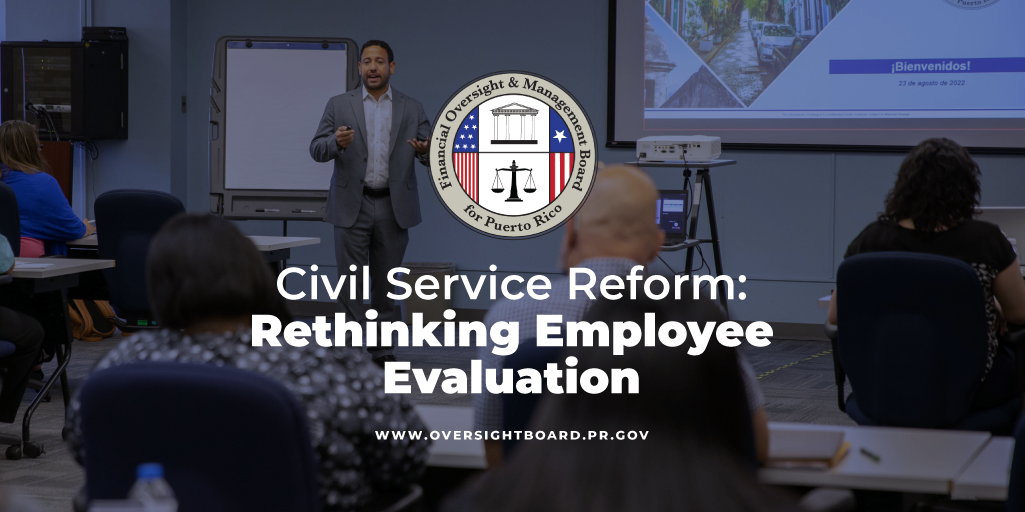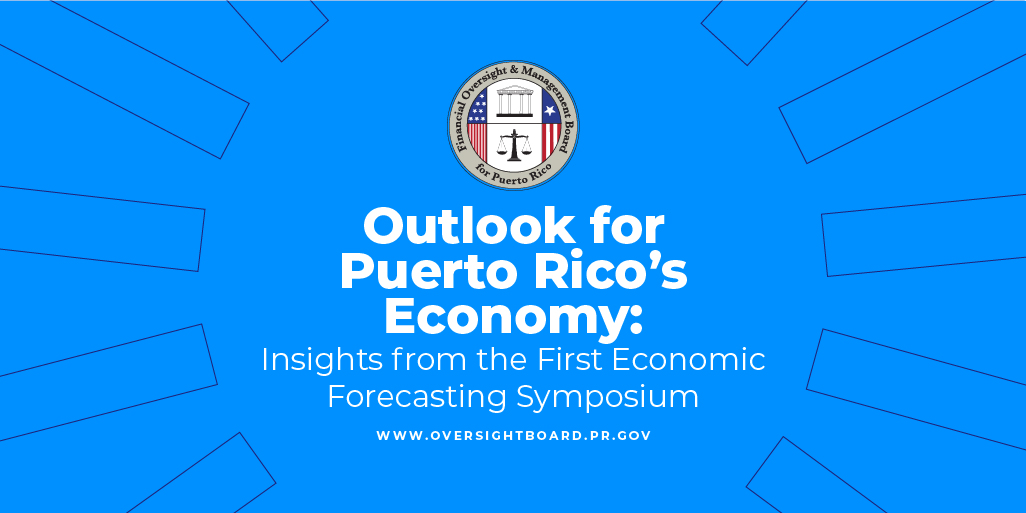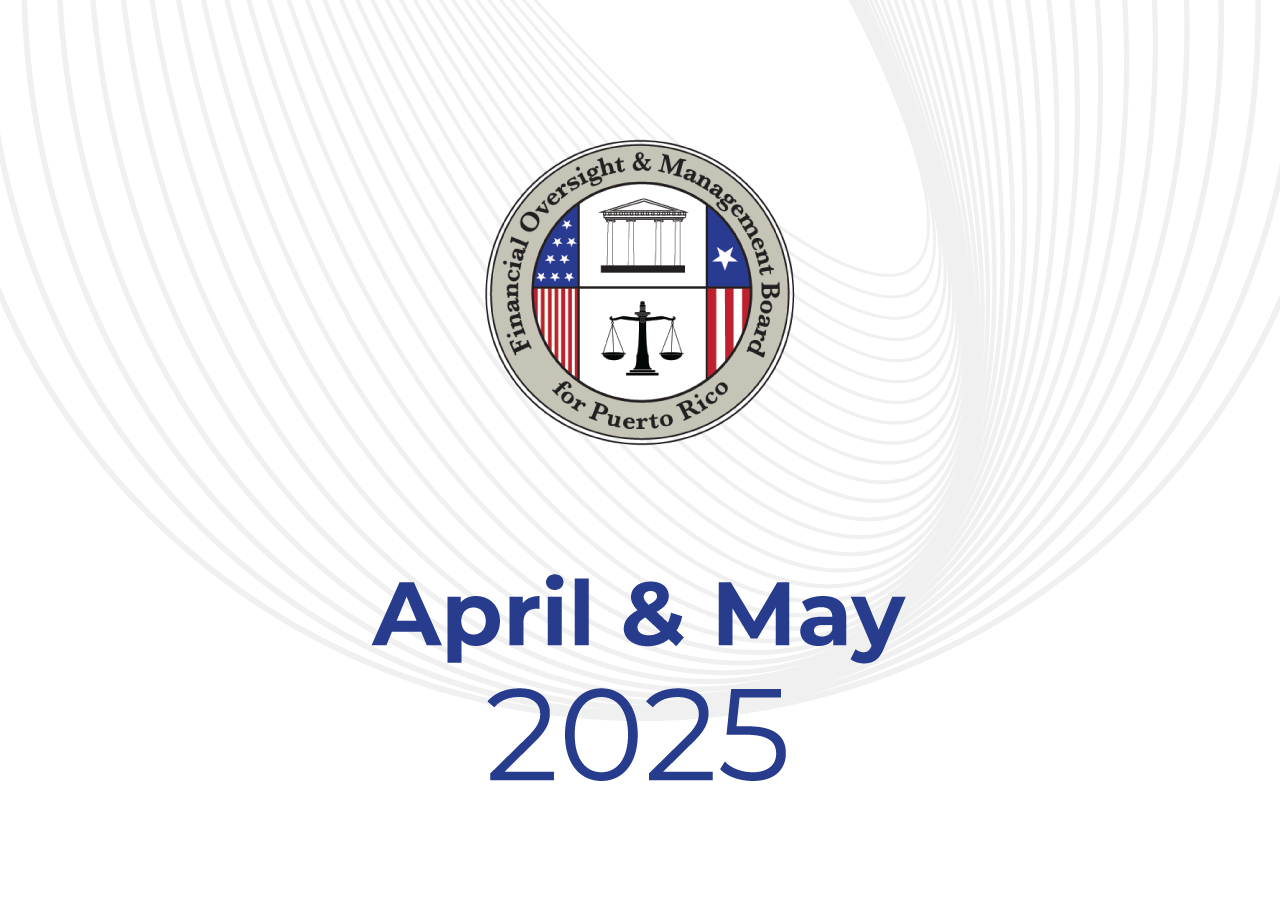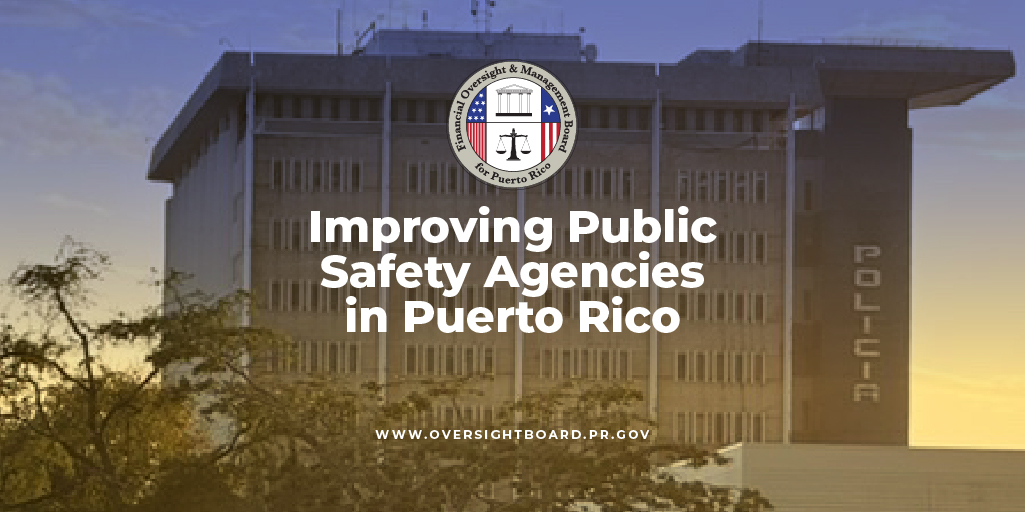Employees, for the most part, want to know how they are doing in their jobs, what they can do to further strengthen their skills and competencies to better carry out their duties, and what opportunities exist to advance in their careers.
A well-designed and executed evaluation system can provide this and more, contributing to building an organizational culture characterized by high-performance and continuous learning and development. Achieving this in the Puerto Rico government is the subject of the third essay about the Civil Service Reform (CSR).
Despite the many potential benefits in instituting a well-designed, development-focused employee evaluation system, the Government of Puerto Rico has largely overlooked this important managerial task. Moreover, civil servants face increasing pressure to deliver in an environment that demands more to build an efficient, effective, and accountable government.
This is why coming up with the right employee evaluation framework was vital to the goals of the CSR. The lessons learned in reform’s pilot phase at the Puerto Rico Department of Treasury, Office of Management & Budget, and the Office of the Administration and Transformation of Human Resources underscored how important it was to shift from traditional performance management reviews to more modern methods focused on professional growth.
One reason is that performance-based reviews frequently rely on clear organizational and individual-level objectives, as well as key performance indicators. Although some government agencies lend themselves better than others to this approach, measuring goals and objectives in the public sphere is generally no easy task and materially more difficult than in the private sector, which often relies on clear financial goals.
Leading organizations in the private and public sectors are moving away from traditional performance appraisals, towards employee evaluation frameworks that focus on learning, professional growth, and closing skill and competency gaps through effective coaching, leadership, and feedback.
The Civil Service Reform has adopted many of these insights, as detailed in the latest essay published by the Oversight Board’s Research & Policy team. The first and second volumes of essays on the Civil Service Reform —discussing strategies such as redesigning each agency’s organizational structure, salary adjustments for more competitive and fair wages, and standardizing and updating recruitment processes, are also available here and here.





